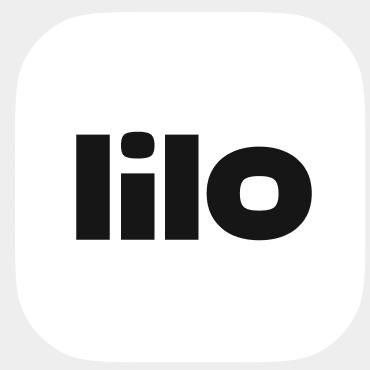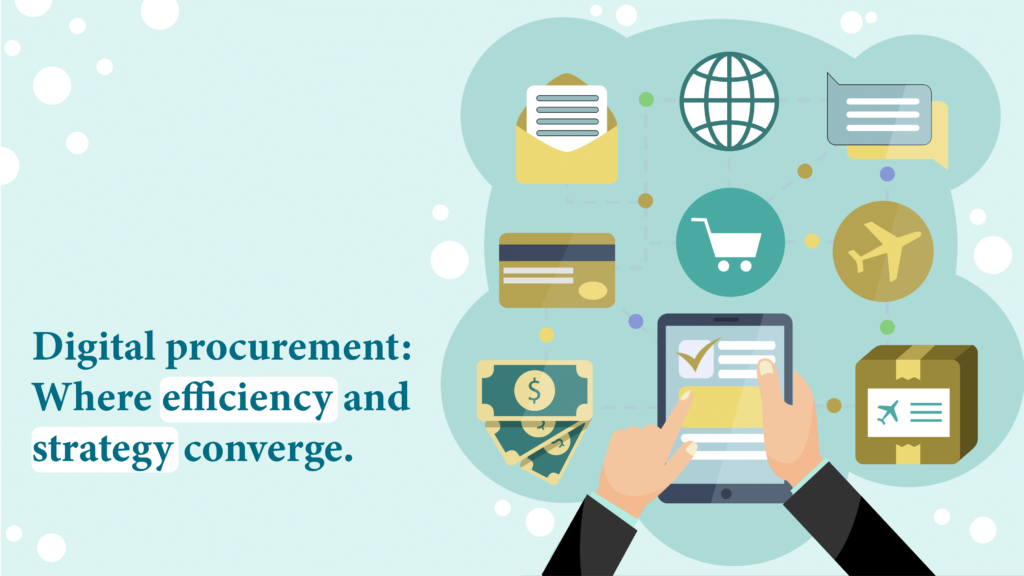Chief Operating Officers (COOs) across various sectors are increasingly adopting digital procurement strategies to streamline operations and drive value.
According to a PwC survey, after cost reduction and strategic sourcing, procurement departments place the highest priority on digital transformation.
The key drivers of this shift include process simplicity and efficiency (59%), transparency and supply chain traceability (57%), cost savings (47%), crisis management (19%), and compliance (16%).
While many companies in hospitality, commercial real estate, construction, retail, and other sectors have implemented third-party or in-house S2C (Source-to-Contract) or P2P (Procure-to-Pay) solutions, the benefits of a comprehensive digital procurement strategy extend beyond these processes.
Digitizing transactional tasks is just one step toward implementing a fully integrated digital procurement approach.
Key Components of a Digital Procurement Strategy
To build a robust digital procurement strategy, procurement leaders should focus on integrating these components:
- E-Procurement Platform: E-procurement software automates requisitioning, sourcing, ordering, invoicing, and payment workflows; it helps save time and effort while freeing up resources and increasing visibility in the purchasing process.
- Demand Forecasting and Spend Analytics: These tools analyze historical data to predict demand and identify cost-saving opportunities.
- Supplier Relationship Management: Digitally monitor and analyze supplier information to benchmark performance.
- Strategic Sourcing: This digital procurement module optimizes supplier selection and contract negotiations.
- Contract Management: It centralizes and digitizes contract data, terms, and compliance monitoring.
- Inventory and Logistics Management: Integrate procurement with inventory planning and supply chain operations to preempt stockouts, overstocking, and disruptions due to potential crises.
- End-to-End Integration: Enables seamless data exchange and cross-functional collaboration across the organization.
- Procurement AI: Vertically-trained, procurement AI models that fine-tune the components listed above.
Developing a Robust Digital Procurement Strategy
COOs can follow these steps to create a well-rounded digital procurement strategy:
- Evaluate existing processes: First of all, identify pain points, inefficiencies, and improvement opportunities in current procurement systems . Can some repetitive, time-consuming tasks, such as purchase order processing, invoice matching, and approval workflows be automated?
- Define a clear vision: Align digital procurement objectives with overall strategic goals. For example, a company might aim to reduce procurement cycle times by 30% or achieve a 15% cost reduction through spend analytics, demand forecasting, and supplier management tools powered by AI-driven procurement-as-a-service.
- Assess digital readiness: Evaluate capabilities across people, processes, and technology to identify gaps. The transition from manual to digital procurement processes requires a shift in mindset and operations. COOs must address skill gaps within their teams and ensure that suppliers are willing and able to adopt new processes.
- Create a roadmap: Outline key initiatives, milestones, and timelines for achieving the digital procurement vision.
Implementing a Digital Procurement Strategy
COOs can adopt a phased, methodical approach.
Start with a pilot program focusing on a specific category, department, or location. This allows for testing and refinement of the strategy before rolling it out across the entire organization.
Create action plans to standardize processes and automate tasks. Leverage data for continuous improvement. Collaborate with suppliers to integrate them into the new digital procurement ecosystem.
Be sure to secure leadership support and clearly define stakeholder roles before rolling out a digital procurement strategy.
COOs should also have a comprehensive change management plan in place to address cultural shifts and provide thorough training.
Establish key performance indicators to monitor strategy effectiveness and track data. Regularly communicate the value and benefits to all stakeholders. Encourage feedback and foster a culture of innovation within the procurement function.


